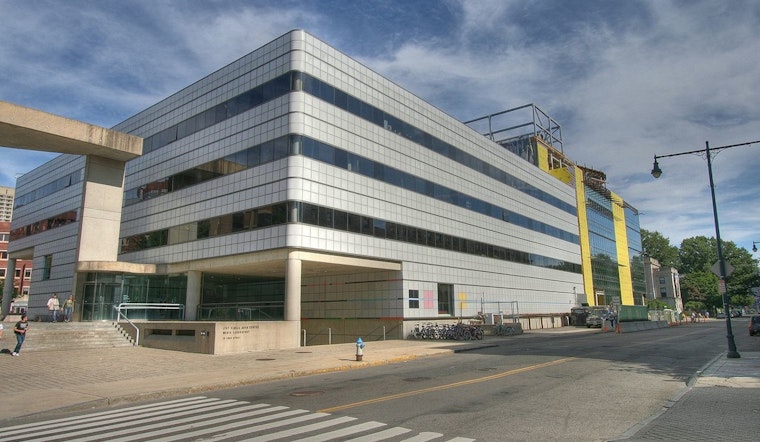Researchers at MIT have created a more effective algorithm for training AI agents, which has the potential to revolutionize anything from robotics to traffic control. According to MIT News, this new technology may enhance AI’s dependability and decision-making, resulting in safer roads, quicker travel, and more environmentally friendly urban solutions.
The key to the breakthrough is an algorithm that can strategically choose the best tasks from a related set to train AI agents. This allows them to perform better in a range of scenarios, such as navigating through city intersections with different traffic patterns and rules without requiring a lot of data and computation. A model may not work well if it is trained on too much data or if the data doesn’t precisely match the situation it encounters, but MIT’s new method is made to neatly avoid these problems.
Project manager Cathy Wu explained the innovation, saying, “By thinking outside the box, we were able to see incredible performance improvements, with a very simple algorithm.” MIT News claims that the strategy, which has been found to be five to fifty times more effective than conventional training methods, promotes an algorithm to train selectively rather than exhaustively on a set of tasks that most enhance the system’s overall capabilities.
By forecasting how well a model would perform following training and how its efficacy will decline when faced with a new, similar task, the Model-Based Transfer Learning (MBTL) technique enhances AI training. The algorithm then reduces redundancy and increases training efficiency by choosing activities that yield the greatest performance gains. This strategy might make it easier to create cutting-edge AI applications.
Following its success in traffic control and other activities, the team thinks this technique can be used to tackle more challenging issues, which will help next-generation mobility platforms. Additionally, it seeks to reduce training expenses, which have historically impeded the advancement and practical application of AI. With further development, MBTL might emerge as the go-to technique for getting AI systems ready for a range of challenging jobs.
Note: Every piece of content is rigorously reviewed by our team of experienced writers and editors to ensure its accuracy. Our writers use credible sources and adhere to strict fact-checking protocols to verify all claims and data before publication. If an error is identified, we promptly correct it and strive for transparency in all updates, feel free to reach out to us via email. We appreciate your trust and support!



Leave a Reply